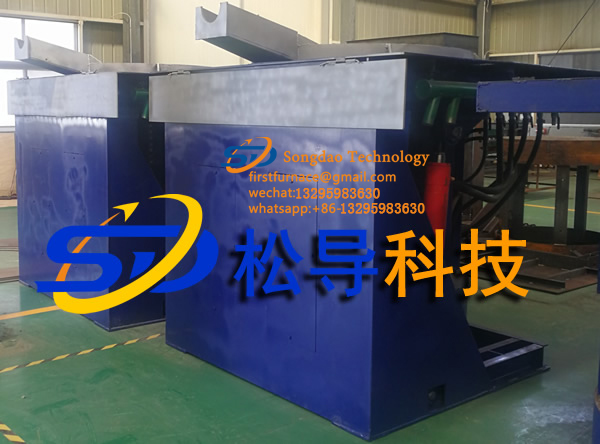- 17
- Jan
유도 가열 장비를 선택하는 방법
유도 가열 장비를 선택하는 방법
1. The shape and size of the workpiece to be heated: For large workpieces, bars, and solid materials, 유도 가열 장치 with relatively high power and low frequency should be used; for small workpieces, pipes, plates, gears, etc., use relatively low power and high frequency Induction heating equipment.
2. The depth and area to be heated: the heating depth is deep, the area is large, and the overall heating should be high-power, low-frequency induction heating equipment; the heating depth is shallow, the area is small, local heating, and the relative power is small, and the frequency is high. Heating equipment.
3. Required heating speed: Fast heating speed is required. Induction heating equipment with relatively large power and relatively low frequency should be selected
4. The continuous working time of the equipment: The continuous working time is long, and the induction heating equipment with a slightly larger power is used. On the contrary, the equipment with relatively small power is selected.
5. 유도 부품과 장비 사이의 연결 거리: 연결이 길고 수냉식 케이블 연결도 필요합니다. 상대적으로 높은 전력의 유도 가열 장비를 사용해야 합니다.
6. Process requirements: Generally speaking, for quenching, welding and other processes, you can choose a lower power and a higher frequency; for tempering, annealing and other processes, choose a higher relative power and a lower frequency; red punching, hot forging If a process with a good diathermy effect is required, the power should be larger and the frequency should be lower.
7. 공작물의 재료: 금속 재료 중 높은 융점은 상대적으로 크고 낮은 융점은 상대적으로 작습니다. 낮은 저항은 더 높고, 높은 저항은 더 낮습니다.

